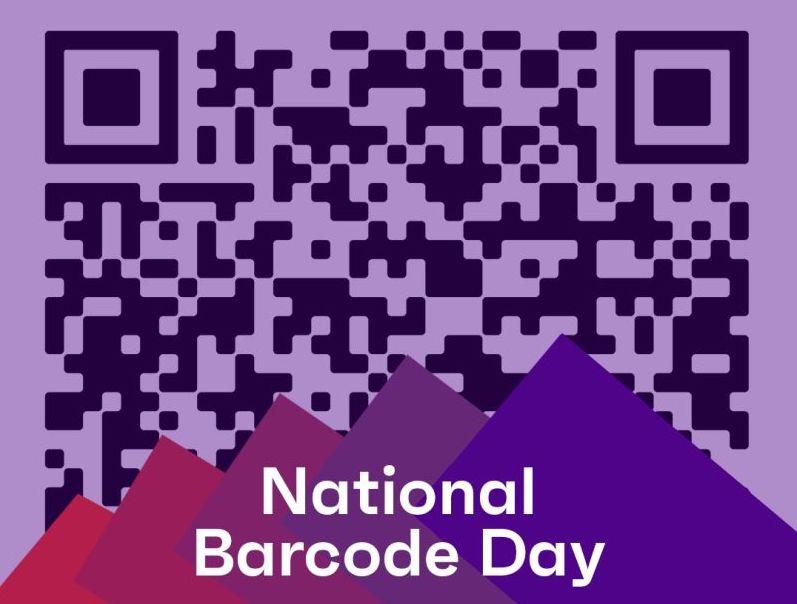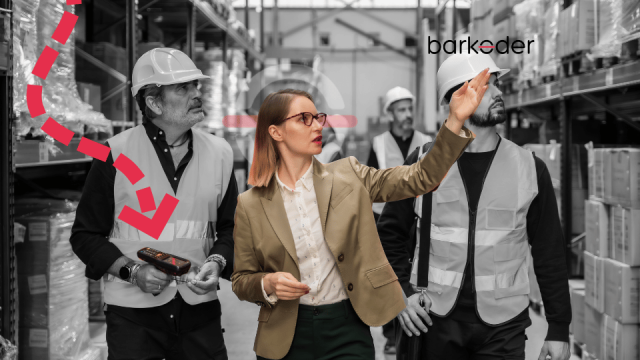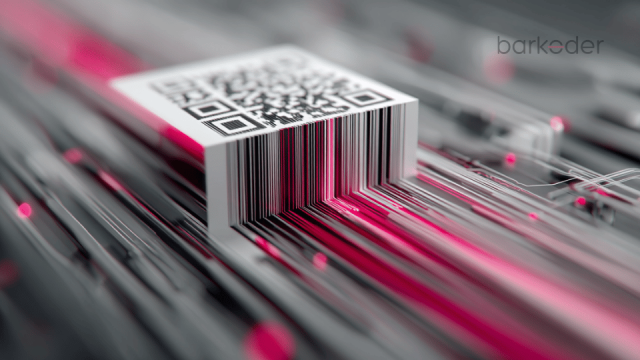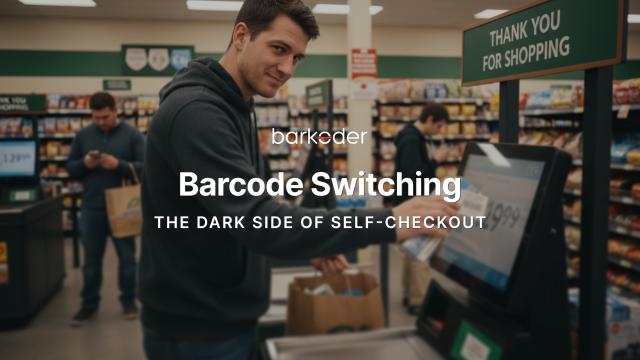
National Barcode Day on June 26.
Every June 26, we celebrate National Barcode Day — a day that honors one of the most transformative inventions in modern commerce: the barcode. What began as a simple black-and-white pattern on a chewing gum package in 1974 has evolved into a global standard that powers logistics, retail, healthcare, and countless other industries.
A Brief History of the Barcode
The first official retail barcode scan happened on June 26, 1974, at a Marsh supermarket in Troy, Ohio. The item? A pack of Wrigley’s Juicy Fruit gum.
That moment was the beginning of a technological revolution. With the simple UPC (Universal Product Code), businesses could now automate inventory, track sales, and streamline supply chains with unprecedented efficiency.
Why Barcodes Still Matter
Even in our data-driven, app-powered world, barcodes remain a critical infrastructure layer. Here’s why:
Speed & Efficiency: Barcode scanning reduces manual input and errors at checkout or in the warehouse.
Global Standards: Systems like GS1 barcodes ensure compatibility across borders and industries.
Low Cost, High Impact: Barcodes are inexpensive to print, yet powerful to use.
Offline Reliability: Unlike QR codes or NFC, 1D barcodes require no connectivity to function.
Scalability: From a corner store to Amazon’s mega-warehouses, barcode tech scales seamlessly.
The Rise of Mobile Barcode Scanning
In recent years, we’ve seen a shift toward software-based barcode scanning using smartphones and tablets. SDKs like barKoder empower developers to turn everyday devices into powerful scanning tools—no hardware scanner required.
This opens the door for:
BYOD (Bring Your Own Device) environments
Inventory apps for small retailers
On-the-go ticket validation
Self-checkout and mobile POS solutions
Contactless healthcare workflows
Fun Facts About Barcodes
The original patent for barcode technology dates back to 1952.
Japan’s QR code was invented in 1994 for tracking automotive parts.
Modern barcodes can hold thousands of characters (in 2D formats like QR or Data Matrix).
Some barcodes, like PDF417 and Aztec, are used in passports and driver’s licenses.
You can now scan barcodes from screens, not just printed packaging.
Global Impact
Barcodes aren’t just for stores. They help manage global vaccine distribution, track blood donations, ensure pharmaceutical safety, and even support space missions (yes, really!).
From warehouses to hospitals, airports to amusement parks, the humble barcode is a universal language of automation.
How to Celebrate National Barcode Day
Whether you’re a techie, business owner, or curious user, here are some fun ways to mark the day:
Scan the first product you bought today and think about how barcodes made that possible
Share a barcode story or a throwback photo using #NationalBarcodeDay
Try a barcode scanning app on your phone
Visit GS1’s website to learn how global barcode standards work
If you're a developer — build something cool with a barcode SDK like barKoder
Final Thoughts
On June 26, we don’t just celebrate a string of lines and numbers — we celebrate a tool that helped build the modern digital economy. From the checkout lane to the cargo plane, barcodes quietly keep the world running.
So next time you hear a beep at the register, remember: it’s not just a scan. It’s a celebration of innovation.
Happy National Barcode Day!






